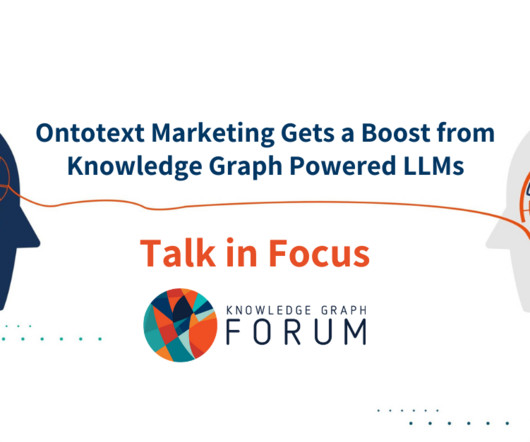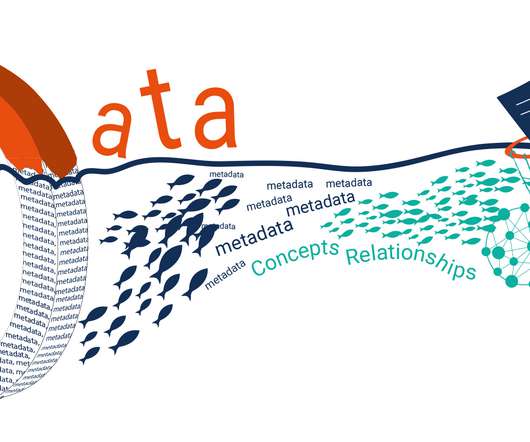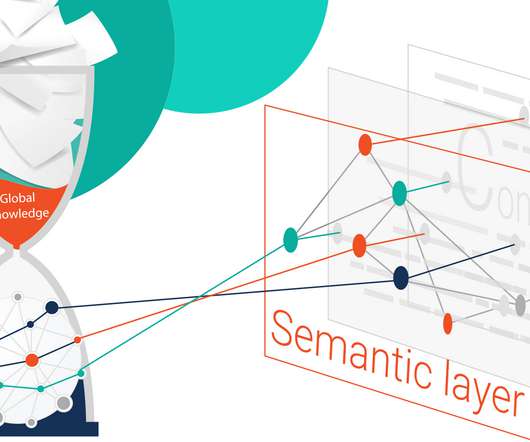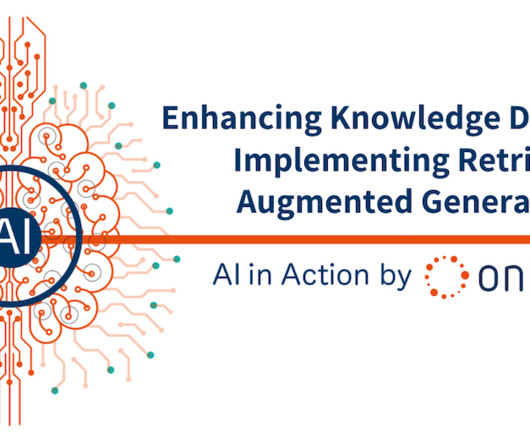Ontotext Marketing Gets a Boost from Knowledge Graph Powered LLMs
Ontotext
MARCH 13, 2024
Eventually, this led to the transformation of the project into forming an expansive knowledge graph containing all the marketing knowledge we’ve generated, ultimately benefiting the whole organization. OTKG models information about Ontotext, combined with content produced by different teams inside the organization.















Let's personalize your content